Moon, star and planets -> carbohydrates
Carbohydrates
Carbohydrates are one of the main macronutrients that provide energy for the body. They are composed of carbon, hydrogen, and oxygen atoms, and are found in a wide variety of foods including fruits, vegetables, grains, and dairy products.
Types of Carbohydrates
There are three main types of carbohydrates:
- Simple Carbohydrates: These are sugars that are quickly absorbed by the body. They are found in foods such as fruits, honey, and table sugar.
- Complex Carbohydrates: These are made up of long chains of sugar molecules and are found in foods such as whole grains, beans, and vegetables.
- Fiber: This is a type of carbohydrate that the body cannot digest. It is found in foods such as vegetables, fruits, and whole grains, and is important for digestive health.
Functions of Carbohydrates
Carbohydrates serve several important functions in the body:
- Energy Source: Carbohydrates are the body's primary source of energy, especially for the brain and muscles.
- Regulating Blood Glucose: Carbohydrates help regulate blood sugar levels and prevent hypoglycemia (low blood sugar).
- Digestive Health: Fiber, a type of carbohydrate, helps maintain a healthy digestive system and prevents constipation.
Recommended Intake
The recommended intake of carbohydrates varies depending on age, sex, and activity level. In general, carbohydrates should make up about 45-65% of total daily calories.
Study Guide
Here are some key points to remember about carbohydrates:
- Identify the three main types of carbohydrates and give examples of foods that contain each type.
- Explain the functions of carbohydrates in the body, including their role as an energy source and their impact on blood glucose levels.
- Understand the importance of fiber in the diet and its role in digestive health.
- Be familiar with the recommended intake of carbohydrates and how it varies based on individual factors.
Remember to include a variety of carbohydrate sources in your diet to ensure adequate energy and nutrient intake.
[Carbohydrates] Related Worksheets and Study Guides:
.◂Science Worksheets and Study Guides Second Grade. Moon, star and planets
Study Guide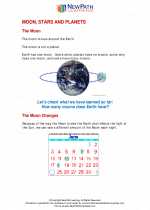 Moon, star and planets
Moon, star and planets  Activity Lesson
Activity Lesson Moon, Stars & Planets
Moon, Stars & Planets  Worksheet/Answer key
Worksheet/Answer key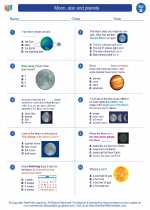 Moon, star and planets
Moon, star and planets  Worksheet/Answer key
Worksheet/Answer key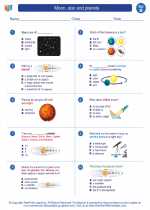 Moon, star and planets
Moon, star and planets  Worksheet/Answer key
Worksheet/Answer key Moon, star and planets
Moon, star and planets  Vocabulary/Answer key
Vocabulary/Answer key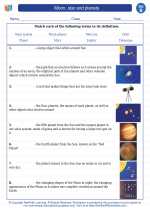 Moon, star and planets
Moon, star and planets  Vocabulary/Answer key
Vocabulary/Answer key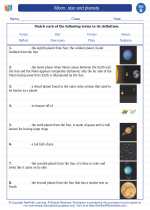 Moon, star and planets
Moon, star and planets 

 Activity Lesson
Activity Lesson
 Worksheet/Answer key
Worksheet/Answer key
 Worksheet/Answer key
Worksheet/Answer key
 Worksheet/Answer key
Worksheet/Answer key
 Vocabulary/Answer key
Vocabulary/Answer key
 Vocabulary/Answer key
Vocabulary/Answer key

The resources above cover the following skills:
Second Grade: Focus on Systems and System Models; Energy and Matter
Earth and Space Sciences: Students develop an understanding of the distribution and role of water and wind in weather, shaping the land, and where organisms live. Wind and water can also change environments, and students learn humans and other organisms can change environments too. Students develop an understanding of changing patterns in the sky including the position of Sun, Moon, and stars, and the apparent shape of the Moon.
Earth and Space Standards
Observe and explain the Sun’s position at different times during a twenty-four-hour period and changes in the apparent shape of the Moon from one night to another.